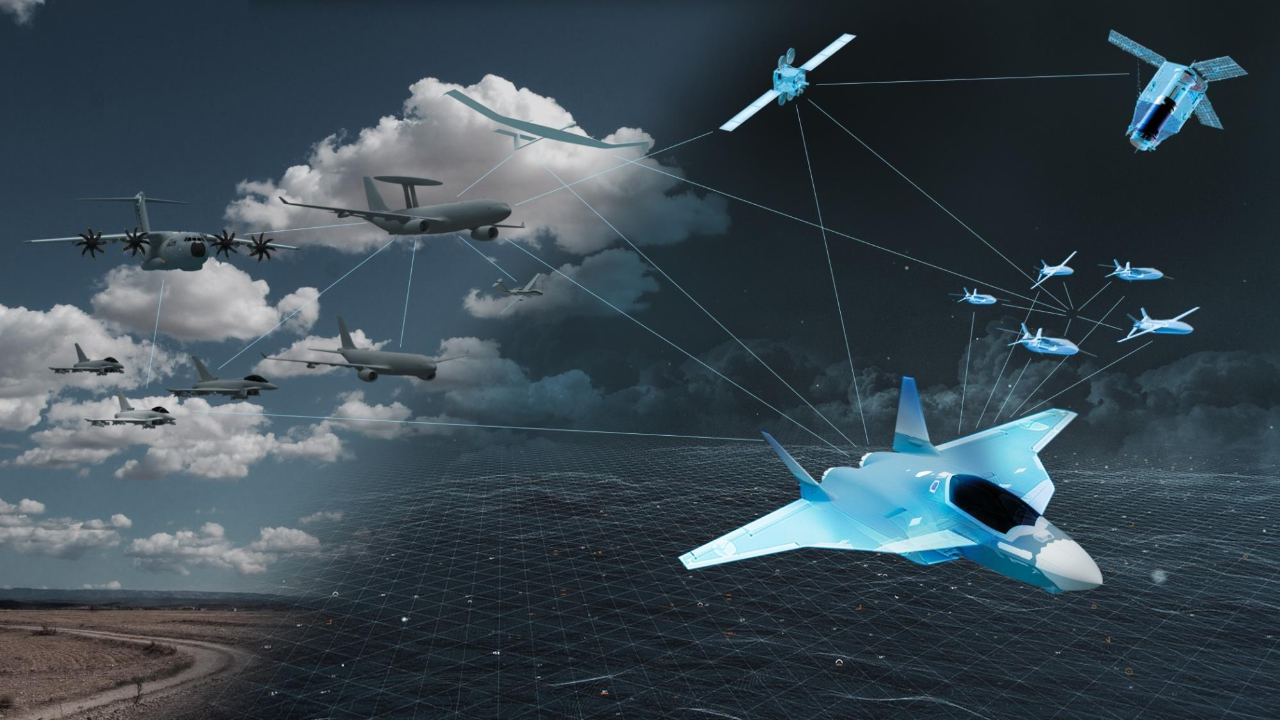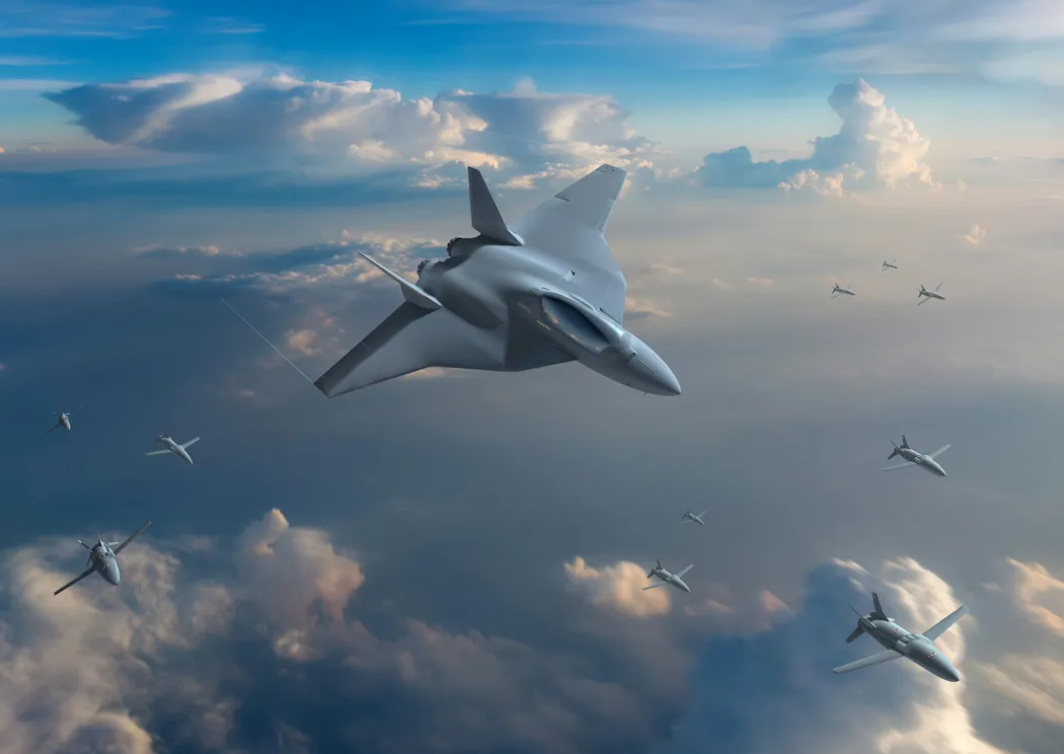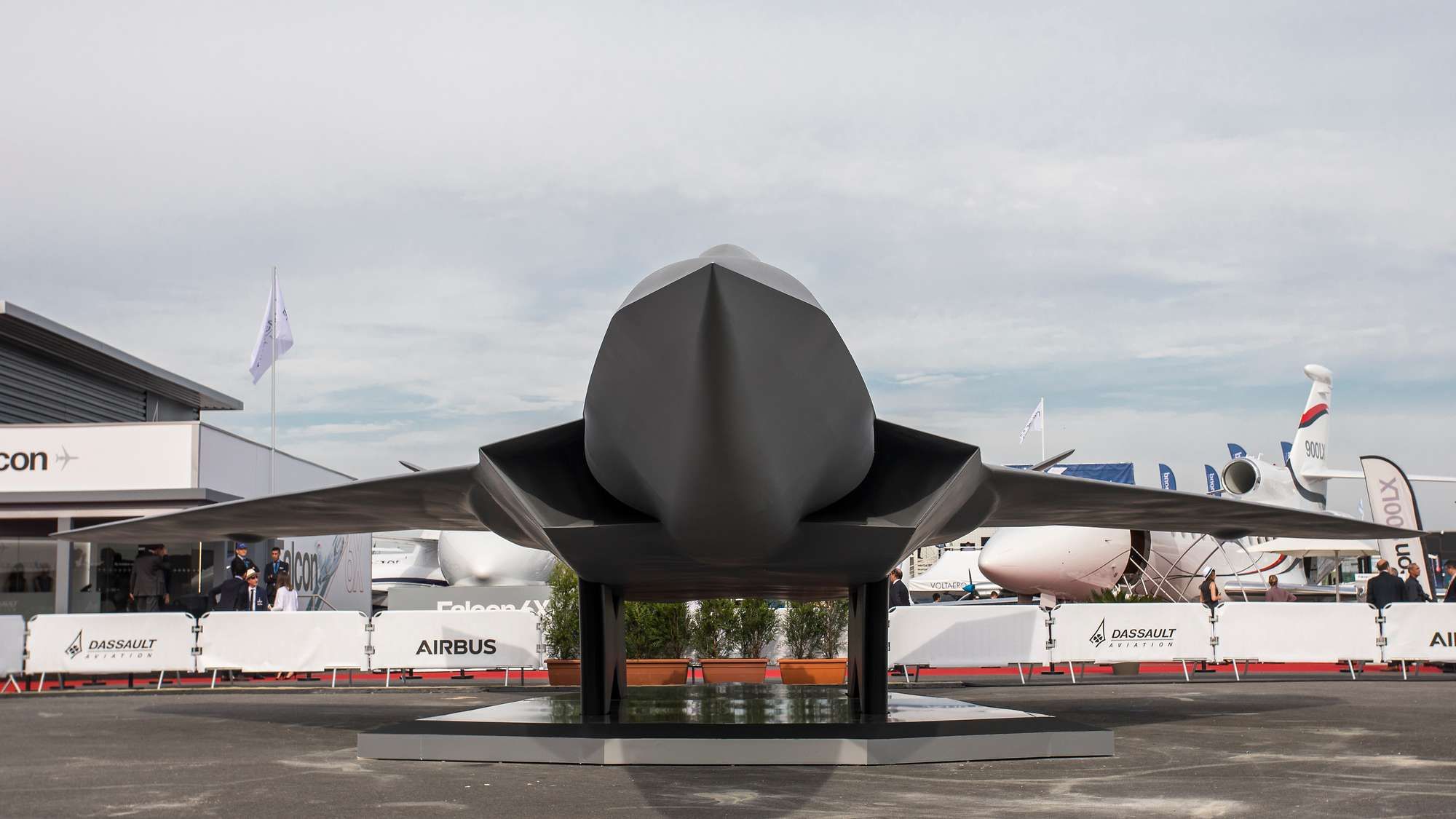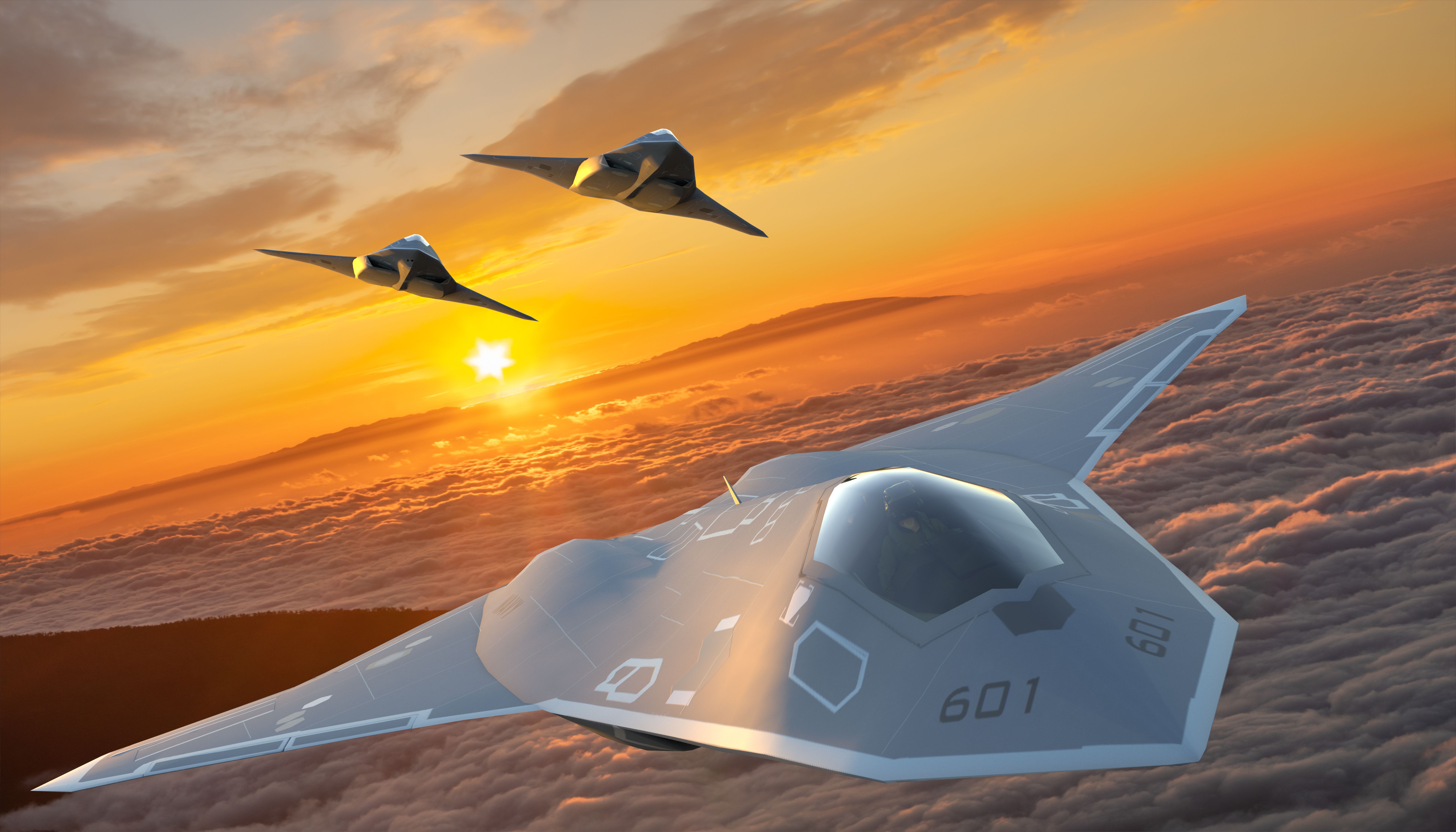Summary
- Sixth-gen European fighters being developed: Tempest by UK, Japan, Italy; FCAS by France, Germany, Spain.
- Airbus partnering with NeutralAgent to develop FCAS, planned to be a system of systems with AI tech and Combat Cloud.
- FCAS predicted operational by 2040, relies on A400M motherships. Uncertain future due to disagreements among developers.
The Europeans are currently developing two sixth-generation fighters. One is the Tempest, being developed by the British, Japanese, and Italians, and the second is the Airbus Future Combat Air System (FCAS), being developed by the French, Germans, and Spanish. The Future Combat Air System is likely the one further behind on its development cycle. Airbus recently announced that it was partnering up with the startup company NeutralAgent to help develop the project.
A super-connected system of systems
Like other 6th-generation fighter jets, FCAS is intended to be a “system of systems.” At its core will be a piloted 6th-generation fighter supported by a network of Unmanned Remote Carriers (aka loyal wingmen drones). These will be connected to other systems in the air, on the ground, at sea, in space, and in cyberspace via the “Combat Cloud.”
Photo: Airbus
“For FCAS to operate as a system-of-systems, connectivity needs to be fast, secure and global. This requires satellite constellations to deliver resilient, secure, high data rate communication services; support secure geo-navigation; provide global, real-time, reconfigurable coverage; guarantee low probability of intercept and detection; and be capable of joint forces’ operations.” – Airbus
The system will be driven partly by AI technology and will be a massive leap over today’s fighter jets. Feeding from and analyzing multiple sources for ISR, the system will have an extremely high level of situational awareness.
|
European FCAS program |
|
|---|---|
|
Development nations: |
Germany, France, Spain, Belgium (future) |
|
Major contractors: |
Dassault Aviation, Airbus, Indra Sistemas |
|
Type: |
6th generation fighter jet & systems |
|
Current phase: |
Phase A1 – Initial framework contract |
The Combat Cloud is envisioned as a decentralized, cyber-resilient, collaborative information network across air, land, sea, space, and cyber domains that will enable real-time intelligence and exchanges across all domains.
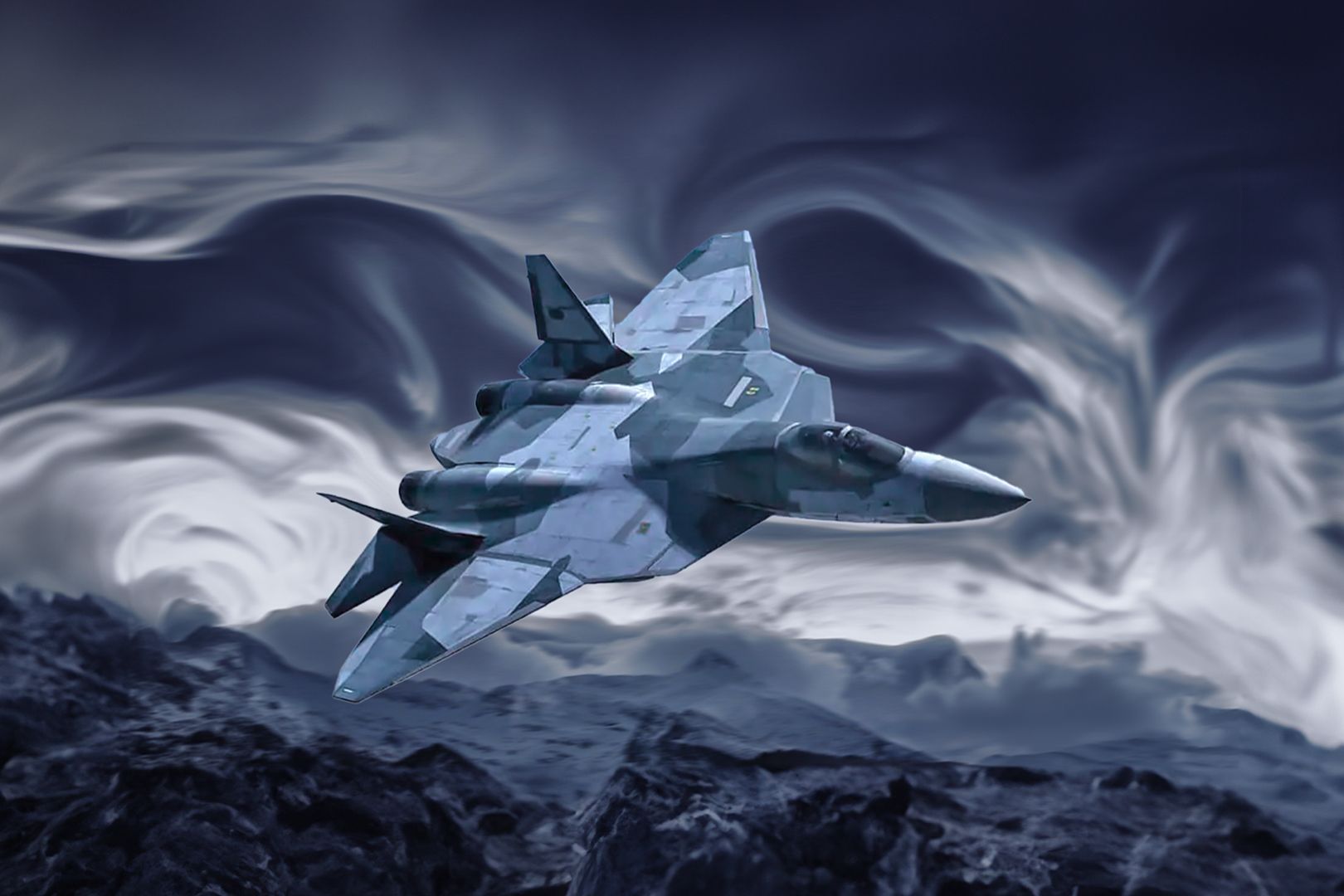
Related
Fact Or Fiction? A Closer Look At The MiG-41 Sixth-Gen Fighter
Despite outlandish claims that the MiG-41 will enter service in 2 years, it is likely still in the conceptual stage of development.
Europe’s 6th-generation fighter
FCAS will eventually replace existing European fighter jets like the Eurofighter and the Rafale. Manned 6th-generation fighters are expected to be extremely complicated and expensive and will likely only be procured in low numbers. The loyal wingman drones are seen as a solution to making up affordable mass.
The American counterpart is the Collaborative Combat Aircraft (CCA), and General Atomics and Anduril have already been given the green light to proceed with the next stage of developing their XQ-67A and Fury drones for the project.
Another characteristic of sixth-generation fighters is that they need to generate a large amount of electrical power to run the massive amounts of sensors and expected lasers. The British state that the Tempest will be fitted with laser weapons (known as directed energy weapons).
FCAS fully operational by 2040
The British Tempest is currently expected to enter service around 2035, while the FCAS is expected (by Airbus) to “achieve full collaborative combat” by around 2040 (although some sources suggest it could be later). If the Europeans (and Japanese) can develop these jets, it would mark a major milestone as both the Europeans and Japanese appear to be skipping out on developing fifth-generation fighter jets.
|
FCAS development timeline |
|
|---|---|
|
Start date: |
2017 (Franco-German agreement) |
|
Expansion: |
2019 (Spain), 2025 (Belgium) |
|
First demonstrator: |
2027 (planned) |
|
In service date: |
2040 (earliest) |
The FCAS capabilities are expected to be incrementally rolled out. For example, loyal wingman drones are expected to be developed sooner and put into service in the 2030s to complement existing fighter jet fleets. This is planned as part of the Eurofighter Long Term Evolution (LTE) that will include an improved cockpit and connectivity, new weapons, new sensors, and the first-generation loyal wingman drones (called Remote Carriers by Airbus).
Europe’s largest domestically-produced military transport aircraft, the Airbus A400M, is also expected to play an important role as motherships. The plan is that the A400M will be able to release up to 50 small or as many as 12 heavy advanced autonomous drones in the area of operation.
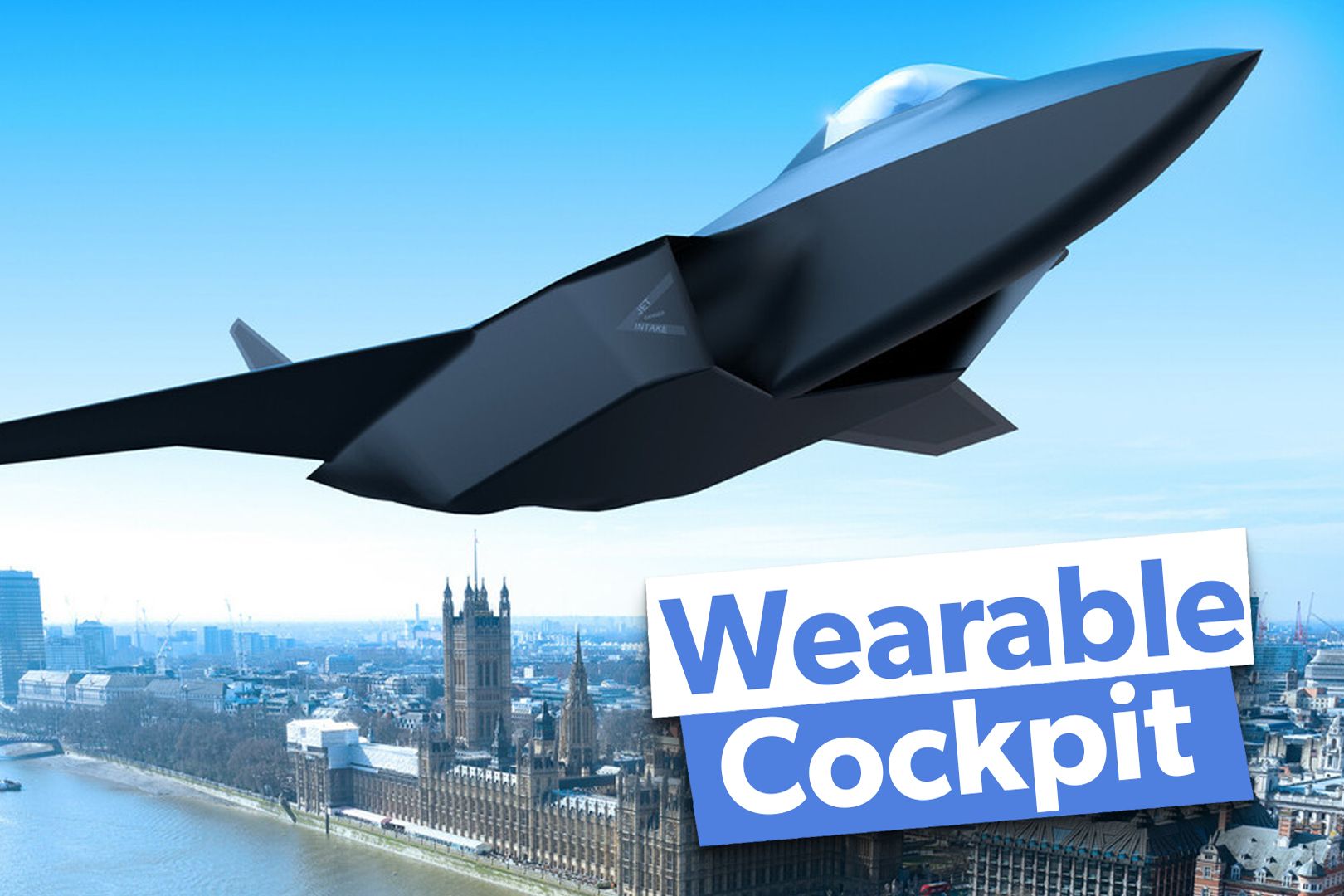
Related
Tempest: A ‘Wearable Cockpit’ & More Innovations In The RAF’s Gen-6 Typhoon Replacement
The Tempest is to be a system of systems and a flying supercomputer, command station, and fighter.
An uncertain future
The future of the Franco-German next-generation FCAS could be in doubt. France has a long history of developing fighter jets independently and maintaining an independent defense industry. But 6th-generation jets are so complicated that it is extremely difficult for any country other than the USA or China to go it alone.
Photo: Mike Mareen | Shutterstock
Previous attempts to build a pan-European fighter with France have failed (France developed the Rafale, and the Germans, British, and Italians developed the Eurofighter). France also requires jets to operate off its aircraft carrier, a requirement that greatly complicates the project’s development (and a requirement that other countries like Germany don’t have).
|
Rival BAE Tempest |
|
|---|---|
|
Nations: |
United Kingdom, Japan, Italy, Sweden |
|
Service date: |
2035 (planned) |
|
Major contractors: |
BAE Systems, Rolls-Royce, Leonardo, Mitsubishi Heavy Industries, MBDA UK |
|
Flight demonstrator: |
Expected 2027 |
In December 2023, The Times reported that after seemingly endless disagreements with the French, Germany was considering abandoning the project and joining the British-led Tempest program. However, other outlets reported that Germany had reaffirmed its commitment to the program in the face of rumors. Additionally, Belgium is reported to be about to join the program.
Photo: BAE Systems
If the Germans were to leave the project, it is unclear if the French would be able to continue with it substantially alone. What does seem apparent is that the rival Tempest program is progressing. The British-led program has also attracted Sweden’s participation and reportedly attracted Saudi Arabia’s interest.

